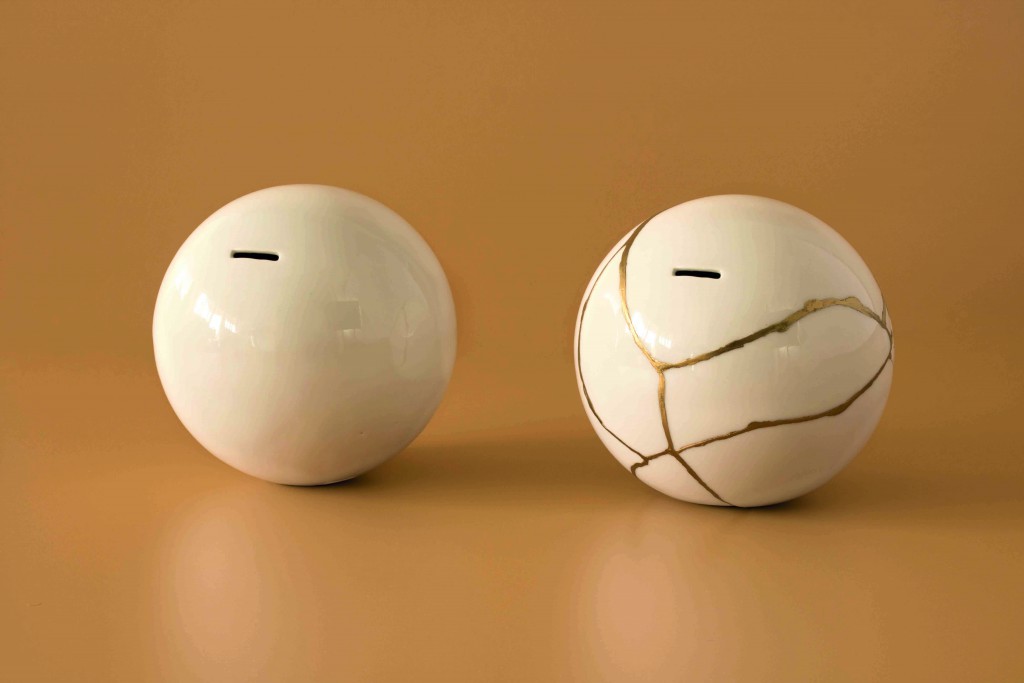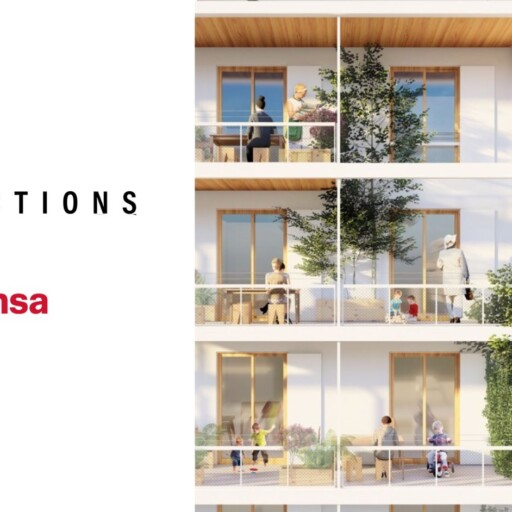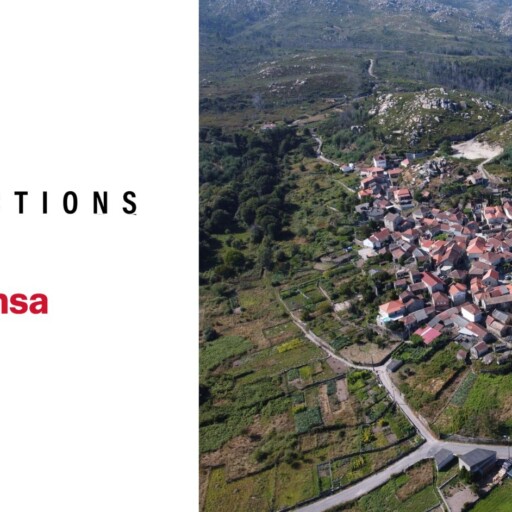Paula Aloy Fortea (Valencia, 1983) is an interior designer at Estudio Enblanc with a doctorate from the Universidad CEU Cardenal Herrera. Teaching classes for the Masters of Product Design at this university, she gets her students to take part in creative proposals that reach the Salone del Mobile in Milan. We chatted with her to get a better understanding of the intersection between education and business, among other things.
- How can we foster the creative talent that can be found at universities?
Creativity is connected to motivation. Arousing students’ interest promotes project development, and as teachers we must search for whatever it is that inspires students to get involved. For this reason, collaborating with companies that offer something real to work with, to mould, to understand, to apply and encourage creativity, while getting a project out of it, is essential.
- What does it mean for students to have their idea shown at the Salone del Mobile in Milan?
The Universidad CEU Cardenal Herrera, and more specifically the Masters in Product Design, have always encouraged students to attend this event, because here they are surrounded by important happenings in the design world in which professionals, businesses, and students exchange ideas and learn about new directions, trends, and solutions.
- Which facet of your work do you enjoy the most: teaching or designing?
It’s hard to choose because I believe they complement each other. Teaching allows me to conduct research in certain areas that can then be applied to my work as a designer, and being a designer and enjoying this type of work encourages me to share my experiences and the things that inspire me every day with others.

- How do you connect with what interests you? Are you more digital or analogue?
I consider myself a lover of paper, of the physical and the tangible, more than the digital, although I can’t deny that digitalisation and new ways of communicating have made it possible to search for any type reference or information. I think both channels have their advantages, and the important thing is to identify which one is most beneficial to the task at hand.
- What do you think defines a good designer?
Consistency is very important. A designer can never stop observing their surroundings, or stop learning or being interested in new trends, new materials etc. They must remain alert at all times and learn as much as possible about their surroundings to be able to apply it to their work.
- What would you be doing if you hadn’t become a designer?
I’d probably be doing something else creative. Hospitality, for example, is another discipline that has always interested me. It’s a field in which change, knowledge, and creativity are constants
- Who in the design world inspires you?
There are many reference points that inspire me, both projects and professionals, but without a doubt the ones that drive me are perhaps less well-known, like my colleagues, with whom I work every day and who share my work, with whom I achieve our goals, who motivate me.




